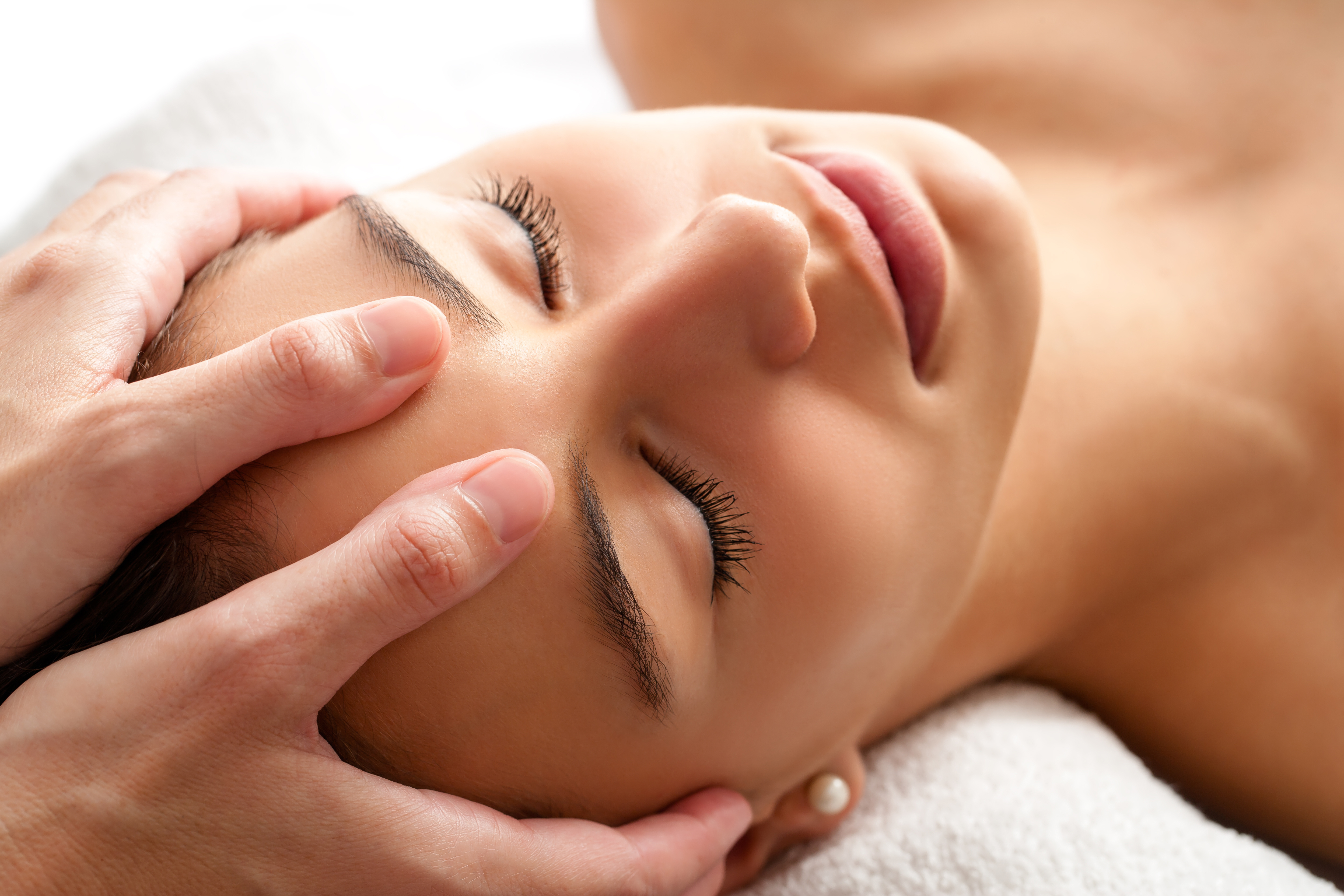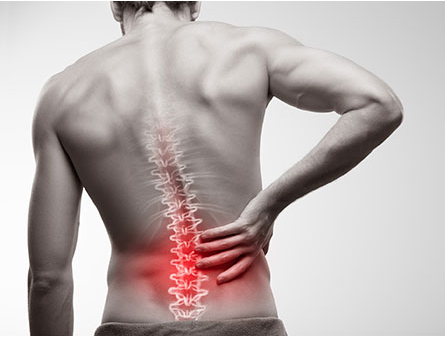A Real Pain in the Neck – 3 strategies to help ease your neck pain
Neck pain can be bloody debilitating. It affects our concentration, our mood, our movement and more. It can also be really frustrating and stressful too, especially if its more intense and not common for you.
Many different things can be the cause of your neck pain, from more benign causes like a joint sprain or muscle strain to more sinister causes like an irritation to the nerves or structures further up in the skull.
A thorough assessment by your healthcare professional (Osteopath!) can determine the cause of your neck pain and if it is neuro-musculoskeletal in origin.
If so, there are 3 things that we tell all of our patients that can be of benefit:
Keep moving!
In almost all cases, movement is THE most important factor in your recovery. Our spine and all the joints and muscles that surround it are made to move. Limiting or restricting movement can lead to your pain worsening and even make it hang around for longer than it needs to. Check out our instagram page for my favourite exercise to keep you neck healthy with movement!
Manage your stress
Stress in any form can heighten and worsen any musculoskeletal pain that we have. How often have you found that when we are stressed that all our old aches and pains tend to flare up? Always at the worst possible times! Of course it is never as easy as it sounds, but putting into place some simple strategies like taking deep breaths, taking adequate breaks or trying some mindfulness activities are easier short-term strategies that you can try to help limit stress and its influence on your pain.
Get some good sleep
Again another thing that’s easier said than done! Sleep is so important in recovery and helps the body recharge and regenerate and return to health. Making sure you are off devices at least an hour beforehand, making sure you are comfortable and if necessary, speaking to a pharmacist or to your doctor about some medications to help with the pain in the short-term throughout the day and to aid in your sleep.



